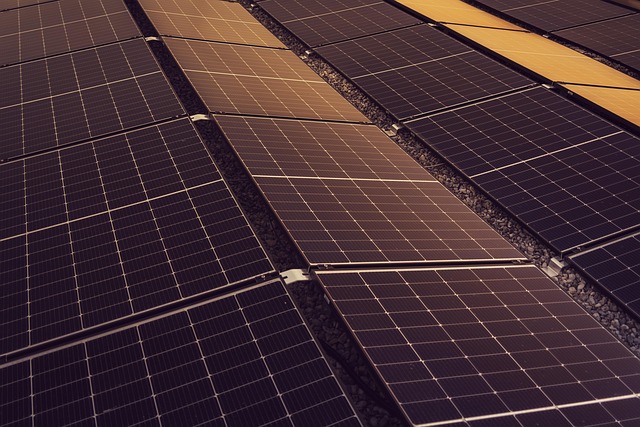In our quest for a more sustainable future, the conversation around passive technologies is gaining significant momentum. With the world facing the pressing challenge of climate change, adopting these innovative methods not only promotes efficient resource usage but also aligns closely with our collective goal of achieving carbon neutrality.
Imagine a world where your home requires minimal energy for heating and cooling, where buildings breathe with the environment rather than against it. This is the essence of passive technologies—design strategies that emphasize natural climate control features, utilizing elements such as sunlight, wind, and thermal mass to enhance energy efficiency. By embracing these concepts, we actively reduce our ecological footprint while living in harmony with nature.
Consider the practical implications of passive technologies. Homes designed with proper insulation and strategic window placement can remain temperate throughout the seasons, drastically cutting down on reliance on traditional heating and cooling systems. This not only leads to lower greenhouse gas emissions but also translates to substantial savings on energy bills. Integrating green roofs, rainwater harvesting, and natural ventilation are other examples of how passive methods can optimize our living spaces.
The case for sustainable development is strong, particularly in urban environments. Cities are at the forefront of energy consumption and, consequently, carbon emissions. By promoting the implementation of passive technologies in urban planning—such as the use of passive solar design in public buildings—we can create a more resilient infrastructure that accommodates an increasing population while minimizing environmental impact.
Moreover, the fusion of traditional building techniques with modern innovations paves the way for new green technologies. Innovations such as thermal chimneys, earth-sheltered buildings, and strategically placed overhangs are becoming increasingly popular, demonstrating that sustainability can be both aesthetically pleasing and functionally efficient.
As individuals, our choices matter and can create a ripple effect that spurs change in our communities. By investing in homes and businesses that prioritize passive technologies, we champion a lifestyle that respects and supports our planet. Every decision we make holds the potential to inch us closer to our ambitious goal of achieving a carbon-neutral future.




